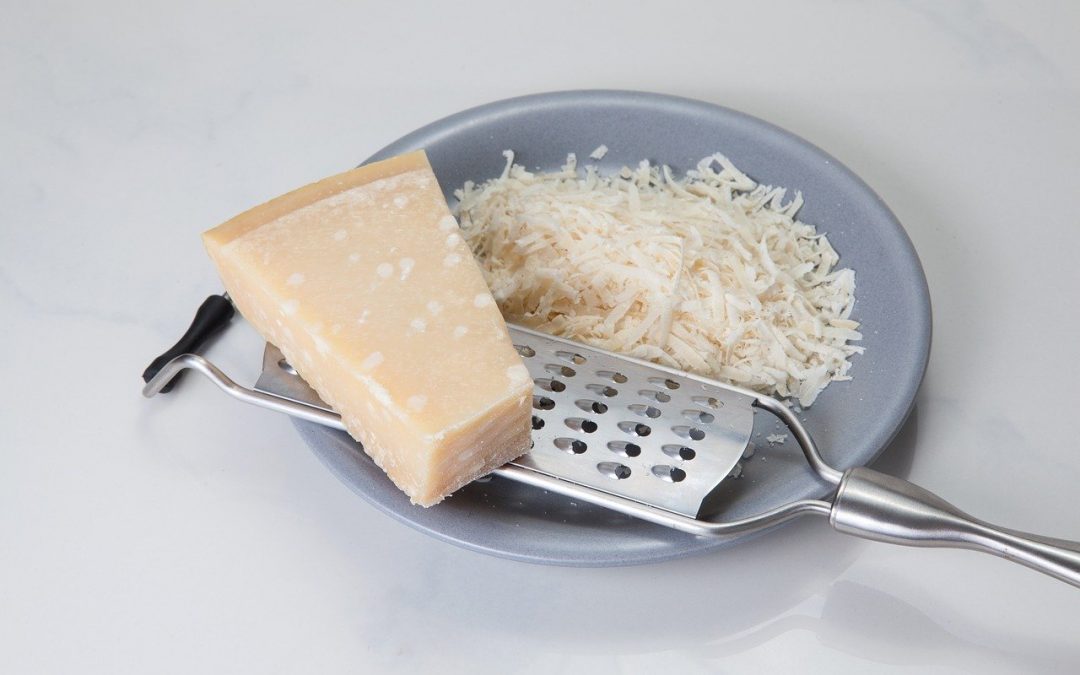Parmigiano-Reggiano, popularly known as Parmesan Cheese, is a hard granular cheese that originated in Italy. This popular cheese was thought to have existed since the middle ages in Bibbiano, in the province of Reggio Emilia. This type of hard cheese is commonly grated and used over pasta dishes and salads. It’s also stirred in soups and risottos. However, there are many people who prefer to eat it on its own.
With its unique flavour, it’s no wonder why it’s one of the most popular types of hard cheese in the world. It’s hard finding people who don’t like Parmigiano-Reggiano. In fact, because of its popularity, a lot of copies of it have emerged through the years. Nevertheless, the flavour and aroma of the original is not something an enthusiast should miss out on.
So, how is parmesan cheese made?
Making cheese starts with a good milk. This goes the same for Parmesan cheese. Traditional makers of Parmesan cheese make use of fresh cow’s milk. For each block of Parmigiano-Reggiano, a ton of fresh cow’s milk is used.
The fresh milk is loaded on to a cheese kettle vat and is heated to about 33 degrees Celsius. To allow the milk to solidify, the cheese maker use rennet, which is an enzyme that comes either in liquid, tablet or powder. This enzyme is said to come from a calves stomachs. It’s typically poured and left for a certain amount of time to set in and work its magic.
Once the rennet sets in, the cheese maker will notice subtle changes in the mixture’s consistency. Once the consistency and time is right, the cheese maker will use custom-made curd cutters to slice through the mixture for about 3 minutes. This process allows the cheese curds to separate from the whey.
Then, the temperature is raised to allow the two curds and whey to separate. The curds will then settle at the bottom of the cheese vat. Once this happens they use a curd cutter to cut the curds in half.
Then a wooden paddle is used to raise the curds and are transferred into Teflon cheese molds. They are then wrapped in cheese cloth and pressed using either automatic or mechanical cheese press. This process expels the excess whey contained in the curds.
After the cheese spreads out, the Teflon mold is then replaced with a metal mold which allows the cheese to have a curved sized. The cheese is left for about 3 days to fully set. And then, they are given a salt batch to improve their cheese smell. They will typically be left there for about a month in order to brine, which improves its flavour.
Finally, the parmesan cheese are ripened in a room for about two years. Every two months the cheeses are turned at least once in order to avoid growing mold. The expert cheese maker will often check if the cheese is maturing perfectly over the course of time. And after a confirming that the parmesan cheese is ready, it is branded.
For more information about cheese and cheese making equipment, please feel free to browse through our blog pages.
Cheese Kettle is a trusted supplier of dairy equipment in Australia. If you are looking for great advice about cheese making or if you want to start a cheese making business, talk to us. We will provide you with the best information and dairy processing equipment for cheese making.

